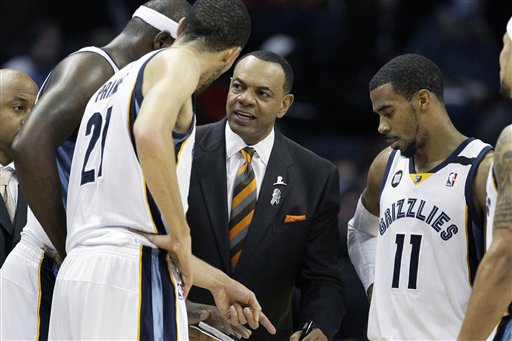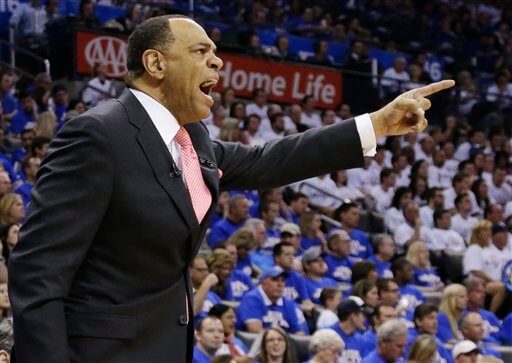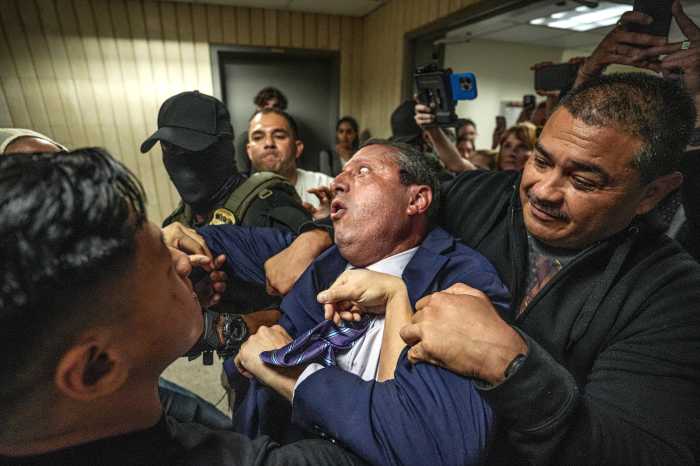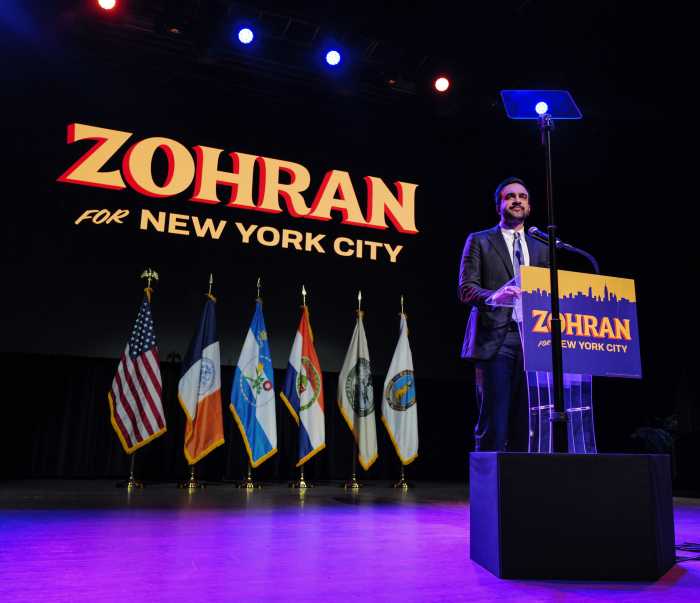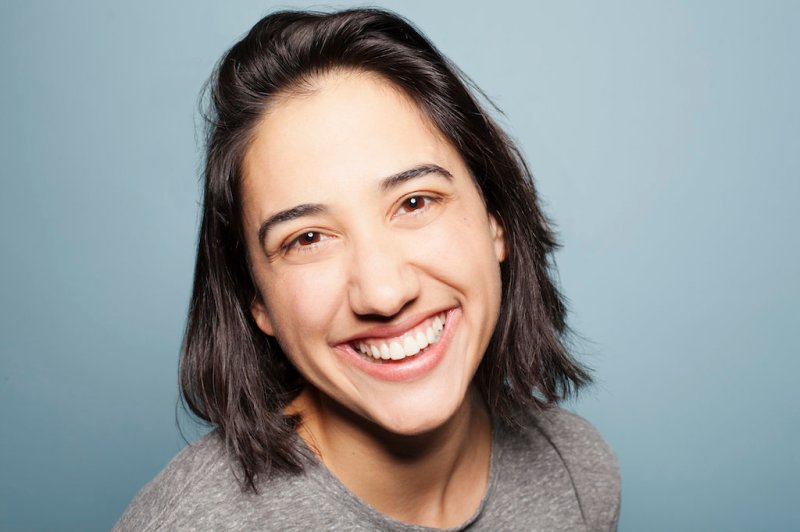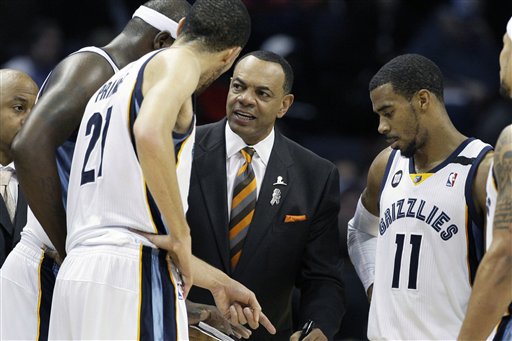
The knives are out of the backs, new leadership is installed, and Paul Pierce has joined Barack Obama and John Wall. Brooklyn Nets fans are left with a dapper new coach, some fresh (and even young!) faces and a whole lot of question marks about how their team plans to play next season.
It starts up top. Coach Lionel Hollins last coached the Memphis Grizzlies in 2012-2013, to 56 wins and a Conference Finals loss to the Spurs (duh) in the ultra-competitive West.
By examining Hollins’ use of personnel in his last season with Memphis, we can unearth some clues on what next season’s Brooklyn Nets will look like on the offensive and defensive end.
Memphis Offense
To no surprise, Memphis’s offense system was eclipsed by its heralded “Grit and Grind” defense. It’s not uncommon for a team scoring 93.4 points per game — ranking 27th in the league — to receive scant attention. When adjusted for pace, the Grizzlies ran a middle-of-the-road offense, scoring an average of 104.9 points per 100 possessions –- jumping ten spots to 17th.
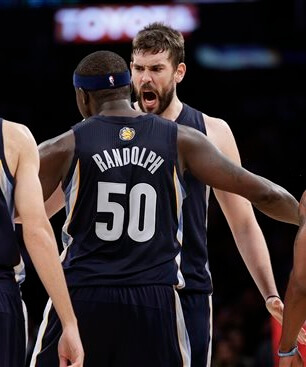
Memphis usually found its way into the post as a result of a secondary action. “Well, the book of Ecclesiastes says there’s nothing new under the sun,” Hollins said to Zach Lowe of Grantland. “So we are doing what a lot of teams do.”
Indeed, most of Memphis’s actions started the same way many NBA possessions do, through the pick and roll. Memphis point guards, usually Mike Conley and Jerryd Bayless, ran numerous high pick-and-rolls, mostly with the aforementioned bigs Gasol and Randolph. (Shot charts linked.) Both big men were versatile on offense, giving Conley and Bayless a host of options off the pick: drive off the pick, run a pick-and-pop, hit either big man on a dive to the rim. If all options fail, the pick-and-roll generally created enough havoc for an easy entry pass for a post-up.
Memphis PG’s assisted on approximately 25 to 30 percent of the team’s field goals. But the Grizzlies did not run their offense exclusively through the pick and roll. Hollins took advantage of Gasol’s slick passing, running offense from the elbows through his center. Gasol assisted on 19% of the team’s field goals when on the floor, a high number for a center.
Gasol’s passing, range and ability to put the ball on the floor allowed him to share the floor with Randolph with limited spacing issues. Not to mention his screening near the top of the key facilitated better ball movement as he freed perimeter players.
It was a lack of range at other positions that tended to cramp the Grizzlies offense. There were two periods to examine at small forward which we will call C.D. (Champagne Days), when Rudy Gay aimlessly grazed upon the vast mid-range area of the court, and B.D. (Beer-Drinking Days), when the offensively-challenged Tayshaun Prince operated out of the post, trying with little success to space the floor with some three-point shooting.
Prince’s presence usually upticked the Grizzlies offense, if only because he wasn’t as ball-dominant as Gay (who sported a high 25 percent usage rate). Lionel Hollins all but admits this to Zach Lowe, but curiously did little to reign Gay in.
At the two-guard the Grizzlies had Tony Allen, the steam-powered little engine that drove the Grit-n-Grind defense but didn’t do much on the offensive end. He is good at moving off the ball and running out on transition, but click on the shot cart, admire the sea of red, and let it tell you how much Hollins values a player’s defense.
The Grizzlies ranked dead last in three-point attempts per game; a common occurrence if your players lack three-point range. But Hollins does not seem three-adverse, using players like Quincy Pondexter (career .359 three-point percentage) and Bayless (.353) to try and coax a little more spacing on the floor.
Say all you want about the Coach Hollins and his thoughts on analytics, but the team’s shot distribution reflects a pragmatic view and proper read of his team’s roster. Rudy Gay’s usage is the lone exception, but the Raptors faced similar pains with Gay.
So how does this fit with the current Nets roster?
Continued…

